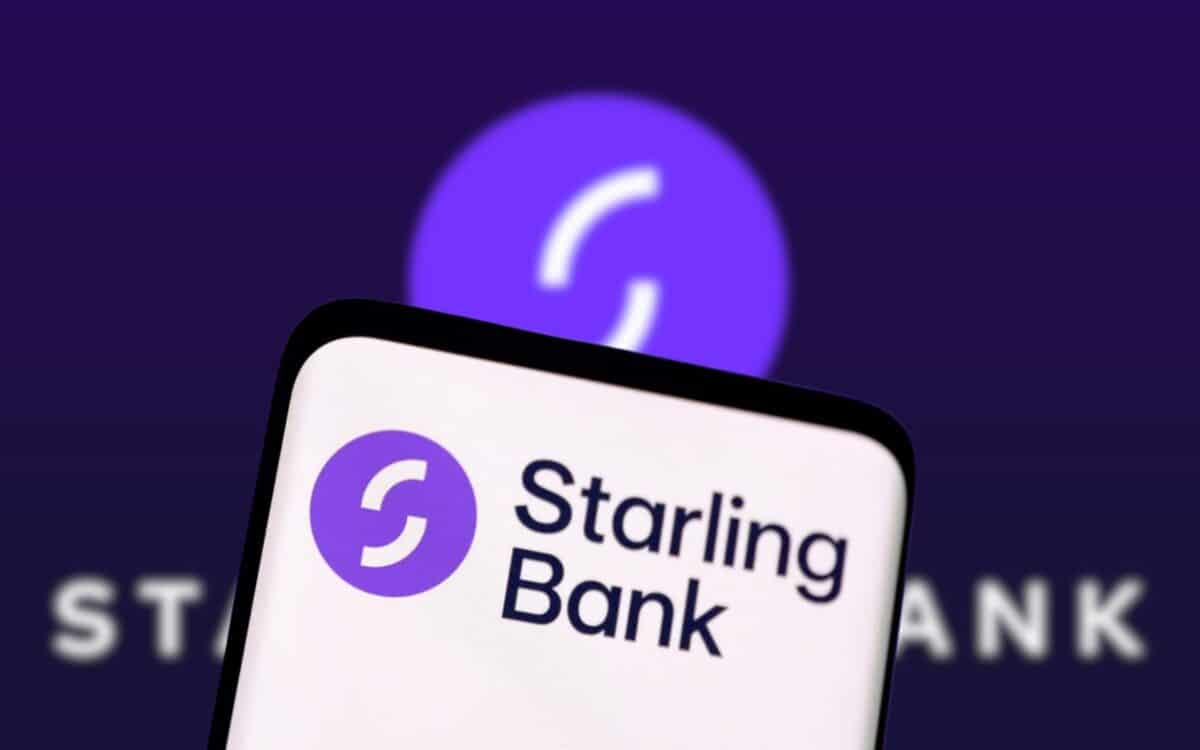Starling Bank has officially ended interest payments on its current accounts, affecting millions of customers. The digital bank previously offered a 3.25% interest rate on balances up to £5,000 but has now withdrawn this feature. In response, the bank has introduced a new 4% easy-access savings account, though customers may find better interest rates elsewhere.
What Has Changed for Starling Bank Customers?
Starting February 10, 2025, Starling Bank no longer provides interest payments on current account balances. The 3.25% rate, which allowed customers to earn up to £162.50 per year on a £5,000 balance, has been discontinued. The bank had notified customers of the change in November 2024.
Instead, Starling Bank has launched a 4% easy-access savings account. This means a customer with £5,000 in the new savings account could earn £204 per year in interest. However, this rate is variable and subject to change.
How Does This Compare to Other Savings Options?
While Starling Bank’s new savings account offers a competitive rate, some alternatives provide higher returns. Trading 212 offers a 5.03% rate on cash ISAs, while Coventry Building Society and Atom Bank both provide 4.85% on regular easy-access accounts.
For those willing to commit to a fixed-term option, Principality Building Society offers an 8% fixed rate for six months, though it comes with a £200 monthly deposit limit.
These figures indicate that Starling Bank customers may benefit from exploring other options, particularly if they seek fixed or long-term savings.
Why Is Starling Bank Making This Change?
Starling Bank stated that it regularly reviews its products and has decided to phase out current account interest payments. The move coincides with the Bank of England’s decision to lower its base rate from 4.75% to 4.5%, which influences savings returns across the financial sector.
Despite the removal of interest payments, Starling Bank emphasises that customers still benefit from fee-free spending abroad and 24/7 customer service.
What Should Customers Do Next?
Financial experts suggest that savers should regularly review their accounts to ensure they are getting the best return. Laura Suter, personal finance director at AJ Bell, warned that interest rates have declined over the past year, meaning some customers may be earning significantly less on their savings than before.
Sarah Coles, head of personal finance at Hargreaves Lansdown, also noted that fixed-rate savings accounts may drop further if interest rate cuts continue. She advised savers to take advantage of competitive deals while they last.
A Shift in the Savings Landscape
Starling Bank’s decision reflects broader market trends, with interest rates fluctuating and competition growing among financial institutions. While its new 4% savings account may offer a viable alternative for some, customers looking for higher returns may need to consider other banks or investment options.
For those affected, reviewing the latest savings rates and considering fixed-rate accounts or ISAs could be a smart move in an unpredictable financial environment, as reported by DevonLive.









